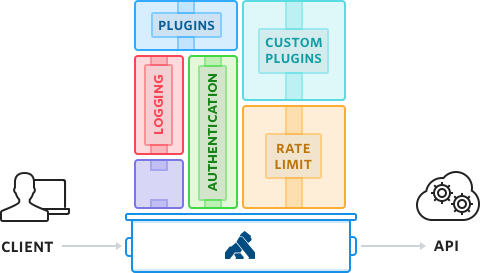Kuma 1.0.6 Released With Deep Status Checks & Five New Load Balancers
We are happy to announce a new release that ships with some major new features and improvements, Kuma 1.0.6! We suggest to upgrade to this new version to start using the greatest and latest. With 1.0.6 the Kuma GUI introduced the first few chart visualizations, more to come!











